Crystal Oscillator Prices: A Comprehensive Guide for Buyers
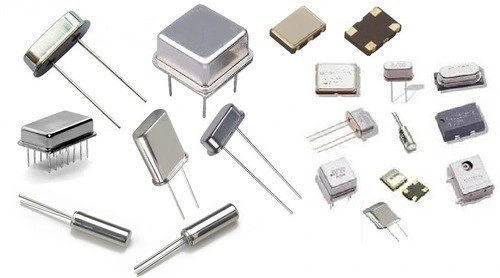
In today's electronic world, crystal oscillators are the unsung heroes ensuring precise timing for everything from your smartphone to industrial equipment. The price of a crystal oscillator, while seemingly small, directly impacts the cost-effectiveness of many projects. This article dives deep into the factors influencing crystal oscillator pricing, exploring different types, accuracy considerations, and where to find the best deals, empowering you to make informed purchasing decisions whether you're a hobbyist or a professional. Understanding crystal oscillator prices is crucial for efficient design and budget management, ensuring that your projects are both reliable and economically viable.
What is a Crystal Oscillator and Why is it Important?

A crystal oscillator is an electronic circuit that uses the mechanical resonance of a vibrating crystal of piezoelectric material to create an electrical signal with a very precise frequency. At the heart of many electronic devices, these oscillators are crucial for maintaining accurate timing and frequency, ensuring proper operation of everything from digital clocks and computers to radio communication systems and industrial control equipment. The precision and stability of crystal oscillators are paramount because they serve as the heartbeat, synchronizing complex operations and facilitating reliable data transfer.
- Basic Functionality
Crystal oscillators utilize the piezoelectric effect where mechanical stress or pressure applied to certain materials like quartz can produce an electrical voltage, and conversely, applying a voltage can cause a mechanical deformation. This interaction allows the crystal to oscillate at a specific resonant frequency, creating a stable and accurate timekeeping signal. - Importance in Electronic Devices
The accuracy and stability of crystal oscillators are vital for devices that need precise timing. They ensure that digital devices operate smoothly by maintaining correct clock speeds for microprocessors, synchronizing data transfers, and generating carrier frequencies for wireless communications. A lack of accuracy in these signals would lead to system failures. - Types of Crystal Oscillators
There are several types of crystal oscillators including crystal units (bare crystals), simple oscillators (XO), temperature-compensated crystal oscillators (TCXO), voltage-controlled crystal oscillators (VCXO), and oven-controlled crystal oscillators (OCXO). Each has varying levels of accuracy, stability, and price points depending on their features. - Common Applications
Crystal oscillators are ubiquitous in electronics, appearing in devices such as computers, mobile phones, GPS devices, automotive electronics, medical equipment, and telecommunications infrastructure. Their ability to generate a stable and precise timing signal makes them indispensable in a wide array of applications.
Factors Affecting Crystal Oscillator Prices
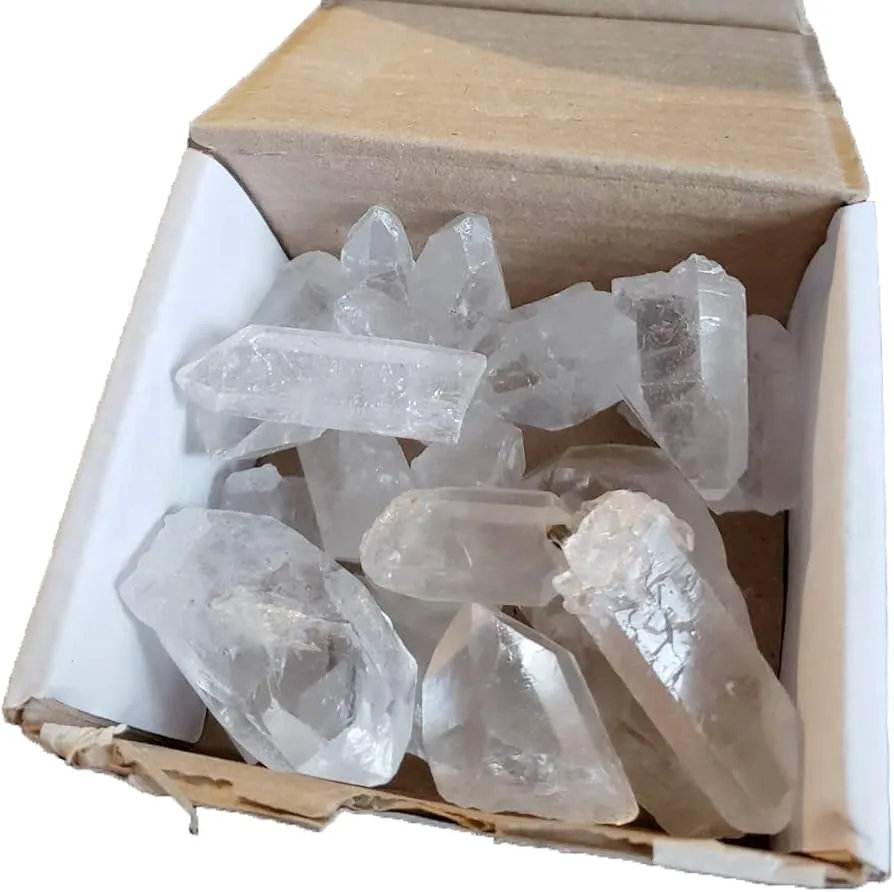
The price of a crystal oscillator is determined by a confluence of factors, each contributing to the overall cost. These factors primarily relate to the oscillator's performance characteristics and manufacturing complexity. Understanding these parameters is crucial for selecting a suitable crystal oscillator while managing cost effectively.
| Factor | Description | Impact on Price |
|---|---|---|
| Frequency | The rate at which the oscillator generates oscillations, measured in Hertz (Hz). | Higher frequencies generally result in increased cost due to tighter manufacturing tolerances. |
| Accuracy | The deviation of the actual oscillation frequency from the specified frequency, often measured in parts per million (ppm). | Higher accuracy specifications necessitate more precise manufacturing processes and tighter quality control, leading to higher prices. |
| Stability | The ability of the oscillator to maintain its frequency over temperature and time. | Improved stability requires more sophisticated design and temperature compensation circuitry, increasing the cost. |
| Temperature Range | The range of operating temperatures within which the oscillator maintains its performance specifications. | Wider operating temperature ranges require more robust design and higher-grade materials, thereby increasing cost. |
| Packaging | The physical housing of the crystal oscillator, including size and mounting configuration. | Smaller packages or surface mount devices (SMD) typically incur higher manufacturing costs, especially those that use hermetically sealed housings. |
| Manufacturer | The reputation and manufacturing capacity of the supplier. Established brands often command higher prices. | Reputable manufacturers typically charge more for their products, while they provide higher quality and better reliability. |
Types of Crystal Oscillators and Their Price Ranges
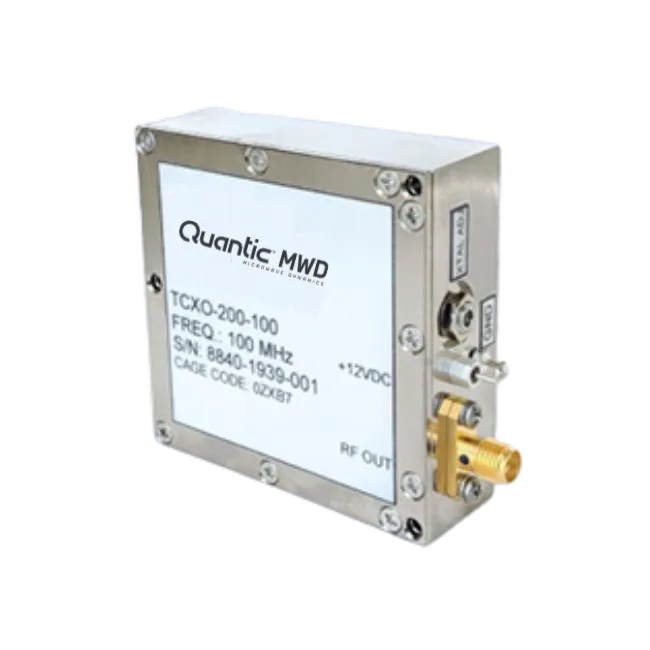
Crystal oscillators are not a monolithic category; they encompass various types, each with distinct characteristics and price points. The selection of a specific type hinges on the required precision, environmental conditions, and the intended application. This section details the common types and provides typical price ranges to aid in informed decision-making.
| Oscillator Type | Description | Typical Price Range (USD) | Accuracy |
|---|---|---|---|
| Crystal Units | Basic piezoelectric crystal component; requires external circuitry to oscillate. | $0.10 - $1 | Varies widely based on crystal cut and manufacturing tolerances, typically +/- 20 to +/-100 ppm. |
| Simple Oscillators (XO) | Integrated circuit that combines a crystal unit and oscillator circuitry. | $0.20 - $5 | Typically +/-25 to +/-50 ppm. |
| Temperature-Compensated Crystal Oscillators (TCXO) | XO with temperature compensation circuitry to maintain stability over a range of temperatures. | $1 - $20 | Typically +/- 0.5 to +/- 2.5 ppm. |
| Voltage-Controlled Crystal Oscillators (VCXO) | XO with a voltage input that allows for small adjustments in output frequency. | $2 - $30 | Typically +/- 20 to +/-100 ppm, but can be adjusted within this range. |
| Oven-Controlled Crystal Oscillators (OCXO) | TCXO with a built-in temperature-controlled oven to maintain extremely stable temperatures. | $20 - $1000+ | Typically +/- 0.001 to +/-0.01 ppm. |
Crystal Oscillator Accuracy: Impact on Price
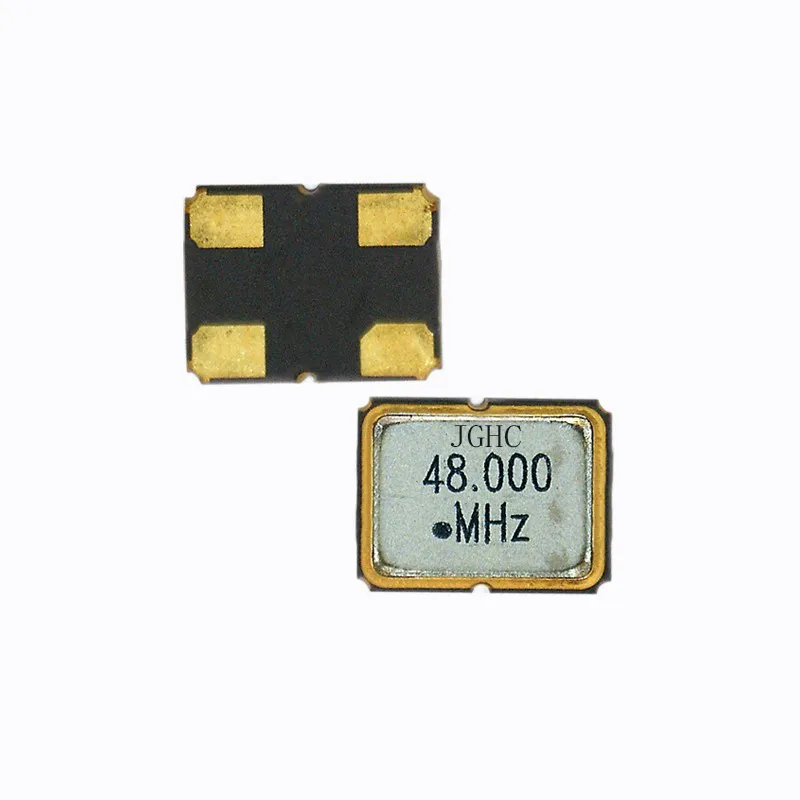
The accuracy and stability of a crystal oscillator are paramount factors influencing its price. Higher accuracy and stability, typically measured in parts per million (ppm), demand more precise manufacturing processes and materials, resulting in increased cost. This section details the relationship between these parameters and pricing.
| Accuracy Level (ppm) | Stability over Temperature | Typical Applications | Approximate Price Range (USD) |
|---|---|---|---|
| ±100 ppm | Moderate | General Timing, Low-Precision Applications | $0.10 - $0.50 |
| ±50 ppm | Moderate | Consumer Electronics, Basic Microcontrollers | $0.20 - $1.00 |
| ±25 ppm | Good | Communication Devices, Industrial Control | $0.50 - $2.00 |
| ±10 ppm | High | Precision Instruments, GPS | $2.00 - $10.00 |
| ±5 ppm | Very High | High-End Telecommunications, Aerospace | $10.00 - $50.00 |
| < ±1 ppm | Ultra High | Atomic Clocks, Scientific Research | $50.00+ |
Where to Buy Crystal Oscillators: A Price Comparison
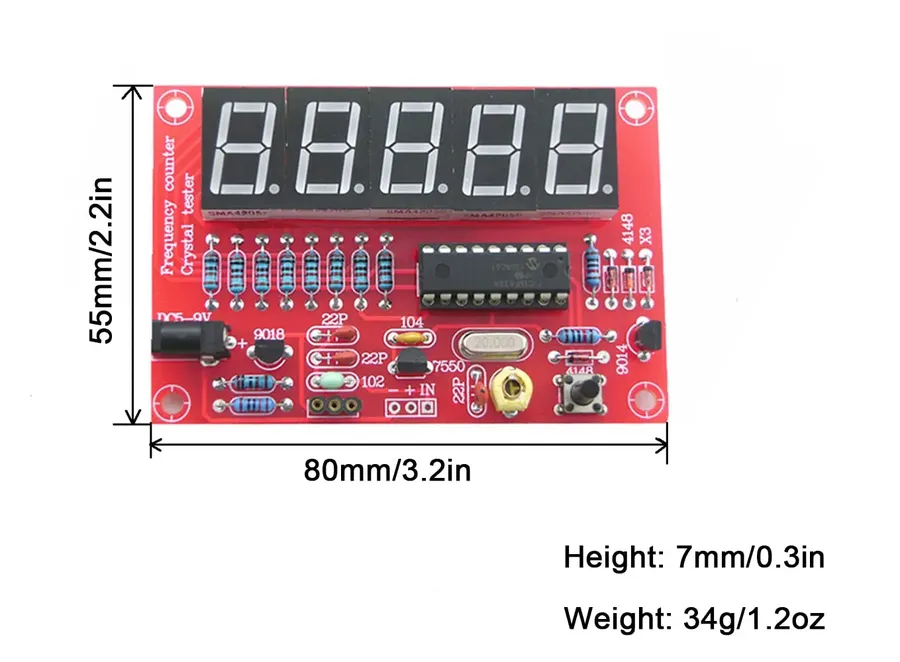
The market for crystal oscillators is diverse, with various platforms catering to different needs and purchase volumes. Understanding the strengths and weaknesses of each option is critical for optimizing cost, quality, and availability. This section compares major online retailers, specialized distributors, and direct manufacturer options to assist in making informed purchasing decisions.
| Platform | Pricing | Quality | Selection | Advantages | Disadvantages |
|---|---|---|---|---|---|
| Amazon | Competitive for small quantities, highly variable | Inconsistent, requires careful review of seller ratings | Wide range of products, can be overwhelming | Convenient for small purchases, fast shipping | Quality control issues, risk of counterfeit products |
| eBay | Potentially low prices, highly variable | Highly variable, requires careful seller research | Broad selection, but requires careful search | Potential for finding deals and discontinued parts | Significant risk of counterfeit or damaged goods, variable shipping times |
| Digi-Key | Generally higher prices, but competitive for components | High quality, known for authentic products | Extensive inventory of various crystal oscillators | Excellent customer support, reliable sourcing | Higher prices compared to other platforms, may not be ideal for small purchases |
| Mouser | Similar to Digi-Key, competitive for components | High quality, reliable product sourcing | Large inventory of high-quality components | Strong customer service, fast and reliable shipping | May not be as price-competitive as some other sources for large quantity purchases |
| Alibaba | Very low prices for bulk orders | Variable, often requires detailed product evaluation | Massive range of suppliers, mostly for large quantities | Potential for significant cost savings for large quantity purchases | Quality control issues, complex sourcing process, longer lead times, higher shipping costs |
| Specialized Electronic Component Suppliers | Competitive pricing with volume discounts | High quality, known for authentic components | Extensive, specialized selection of crystal oscillators | Technical support, reliable sourcing, volume discounts | May require establishing business accounts |
| Manufacturer Direct | Negotiable prices for very large orders | Highest quality control | Full range of custom and standard options | Direct technical support, customization options | Requires large order quantities, may have longer lead times |
When selecting a platform, consider the trade-offs between price, quality, and convenience. For small-quantity purchases, reputable distributors like Digi-Key and Mouser offer higher reliability. For larger bulk orders, platforms like Alibaba or direct manufacturer sourcing may provide better cost-effectiveness. Always prioritize component authenticity and supplier reputation to avoid purchasing counterfeit or substandard crystal oscillators.
Frequently Asked Questions About Crystal Oscillator Prices and Performance
This section addresses common inquiries regarding crystal oscillator pricing, accuracy, selection, and applications, providing clear and concise answers to assist users in their understanding and decision-making processes.
- What is the typical value or price range for a crystal oscillator?
The value of a crystal oscillator is primarily determined by its specifications such as frequency, accuracy, temperature stability, and packaging. Prices can range from a few cents for basic crystal units to hundreds of dollars for high-precision oven-controlled crystal oscillators (OCXOs). Simple crystal units (resonators) are the least expensive, while temperature-compensated (TCXOs) and oven-controlled oscillators (OCXOs) command higher prices due to their improved performance characteristics. - How accurate are crystal oscillators, and what factors impact their accuracy?
Crystal oscillator accuracy is typically measured in parts per million (ppm). Standard crystal oscillators may have an accuracy of ±20 to ±100 ppm, while TCXOs and OCXOs can achieve accuracies of ±0.1 ppm or better. Accuracy is affected by temperature fluctuations, aging, and load capacitance. Temperature-compensated and oven-controlled designs mitigate these effects, resulting in more stable and accurate frequency outputs. - What type of crystal oscillator is best for my application?
The 'best' crystal oscillator depends entirely on the application's specific requirements. For basic timing in low-cost consumer devices, simple crystal units or XOs may suffice. For applications requiring greater accuracy and stability, such as communications equipment or GPS devices, TCXOs or even OCXOs might be necessary. Factors such as budget, power consumption, and size constraints will also influence the decision. - What are the primary applications of crystal oscillators?
Crystal oscillators are fundamental components in almost all electronic devices that require precise timing or frequency control. This includes consumer electronics (e.g., smartphones, watches), telecommunications (e.g., base stations, network devices), automotive systems (e.g., engine control units, infotainment), and industrial control equipment. They serve as timing references for microprocessors, radio frequency circuits, and data communication systems. - How does temperature affect the performance and price of crystal oscillators?
Temperature is a significant factor that affects the stability of a crystal oscillator. Standard crystal oscillators exhibit frequency drift with temperature changes. TCXOs mitigate these effects by using temperature compensation circuitry, while OCXOs maintain a constant crystal temperature using an oven, achieving very high stability. These advanced technologies increase the cost of the oscillator, but provide superior performance in demanding environments. - Why are some crystal oscillators more expensive than others?
The price of a crystal oscillator is directly related to its performance specifications and the complexity of its design. Factors such as tighter accuracy tolerances, higher temperature stability, advanced compensation techniques (TCXO, OCXO), and specialized packaging all contribute to higher cost. Higher manufacturing tolerances and more robust quality control also affect the final price.
Crystal Oscillator Applications and Price Considerations
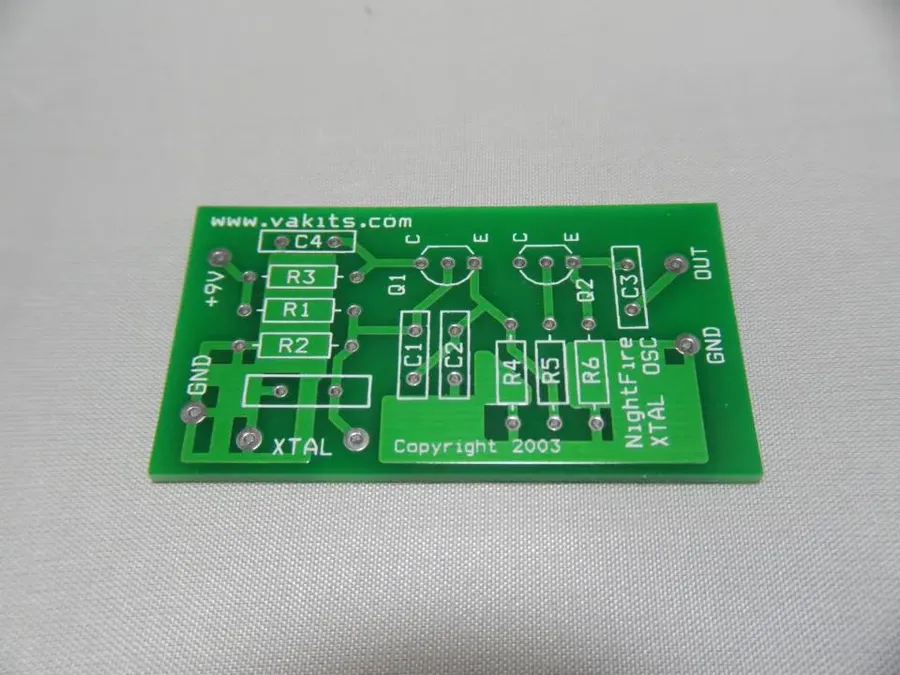
The selection and cost of a crystal oscillator are significantly influenced by its intended application. Different applications demand varying levels of accuracy, stability, and environmental tolerance, which directly impact the required oscillator type and, consequently, its price. Understanding these needs is crucial for cost-effective system design.
| Application | Typical Oscillator Type | Key Requirements | Typical Price Range (USD) | Price Factors |
|---|---|---|---|---|
| Consumer Electronics (e.g., wearables, smartphones) | Simple Crystal Oscillator (XO) | Low power consumption, small size, moderate accuracy | 0.10 - 1.00 | High volume production drives down cost; focus on cost and power saving. |
| Telecommunications (e.g., base stations, routers) | Temperature-Compensated Crystal Oscillator (TCXO) | Moderate to high stability, temperature compensation, low jitter | 1.00 - 10.00 | Demands higher stability and temperature compensation over consumer electronics. |
| Automotive (e.g., Engine control unit, navigation systems) | AEC-Q200 qualified TCXO or VCXO | High reliability, wide temperature range (-40°C to 125°C or even higher), vibration and shock resistance | 2.00 - 20.00 | Stringent requirements for high reliability and harsh environments lead to higher prices. |
| Industrial Control (e.g., PLC, instrumentation) | TCXO or Oven-Controlled Crystal Oscillator (OCXO) for higher accuracy applications | High accuracy, temperature stability, long-term stability | 5.00 - 50.00+ | The range varies, from moderate to very high precision requirements impacts cost greatly. |
| Aerospace and Military | High-end OCXO or Atomic Clocks | Extremely high stability, radiation resistance, wide operating range, long term reliability. | 50.00 - 1000.00+ | Highest performance and ruggedness requirements, the price is premium. |
Choosing the Right Crystal Oscillator within Budget
Selecting the optimal crystal oscillator involves a careful evaluation of project requirements against budgetary constraints. This process necessitates balancing performance, accuracy, cost, and availability, ensuring the chosen component meets the application's needs without exceeding financial limits. A systematic approach, weighing key parameters against cost implications, is crucial for effective decision-making.
- Define Your Application Requirements
Clearly identify the frequency, accuracy, stability, and temperature range needed for your application. These parameters are the foundation for your selection process. - Prioritize Key Parameters
Determine which specifications are critical for your project's success. For instance, a high-precision measurement tool demands higher accuracy than a simple timing circuit. - Evaluate Different Oscillator Types
Consider various types like crystal units, XOs, TCXOs, VCXOs, and OCXOs. Each type offers a different balance of performance and cost, affecting the overall system design. - Compare Price Ranges
Understand the typical price ranges for different oscillator types and accuracy levels. Identify the most cost-effective options that meet your core requirements. - Consider Package Size and Type
Evaluate the physical constraints of your design. Smaller packages may come at a premium, while larger ones may be more budget-friendly. - Assess Availability and Lead Times
Check the availability and lead times of your selected oscillators from reliable suppliers. Long lead times can significantly impact project timelines. - Balance Performance and Cost
Aim for the best possible performance within your budget. Often, a compromise on secondary specifications can provide significant cost savings. - Review datasheets thoroughly
Carefully read the oscillator datasheet. It is crucial to ensure that the component fully complies with the specifications you intend to use it in, in the correct environment and context.
Future Trends in Crystal Oscillator Technology and Pricing
The crystal oscillator market is constantly evolving, driven by the demand for more compact, accurate, and robust timing solutions. Future trends point towards significant advancements in miniaturization, temperature stability, and material science, which will likely influence both the capabilities and pricing of these critical components. These developments are geared towards meeting the growing needs of applications ranging from IoT devices to advanced communications infrastructure.
- Miniaturization
The demand for smaller devices is driving the miniaturization of crystal oscillators. Expect to see an increase in the availability of extremely small form factor oscillators, which will be essential for compact electronic devices such as wearables and IoT sensors. This miniaturization often involves advanced microfabrication techniques and new packaging methods that reduce both the physical size and the overall cost. - Improved Temperature Stability
Temperature-compensated crystal oscillators (TCXOs) and oven-controlled crystal oscillators (OCXOs) will continue to advance, offering greater stability over a wider range of temperatures. This will be crucial for applications that operate in harsh environmental conditions, such as automotive and industrial control systems. Innovations in temperature sensing and compensation circuitry will lead to more affordable and effective TCXOs and OCXOs. - New Materials
Research into new materials is expected to yield oscillators with superior performance characteristics. Materials with better piezoelectric properties and lower temperature coefficients are being explored. This will lead to devices that can operate more accurately and reliably in demanding conditions. This might also reduce the price in the long term as production efficiency improves using these materials. - MEMS Based Oscillators
Microelectromechanical systems (MEMS) technology is also gaining traction in the oscillator market. MEMS-based oscillators offer a potential alternative to traditional quartz crystal oscillators by combining small size with good performance at a lower cost. Although currently used for less demanding applications, future improvements could make them viable for applications where higher stability and accuracy are needed. - Integration with ICs
A trend towards integrating the oscillator directly into application-specific integrated circuits (ASICs) is expected to simplify designs and further reduce costs. This approach can lead to more compact and efficient system solutions, especially for high-volume production runs.
Understanding the nuances of crystal oscillator price involves considering various factors, including type, accuracy, and application. Whether you're seeking high precision for critical applications or a cost-effective solution for everyday electronics, this guide provides valuable insights. The price of a crystal oscillator can range from a few dollars for basic units to hundreds for high precision models. By being informed about pricing, you can make cost-effective decisions that align with your specific project requirements. The technology continues to evolve and by staying informed you ensure you are selecting the best option in the dynamic world of electronics.
 AnyPCBA
AnyPCBA